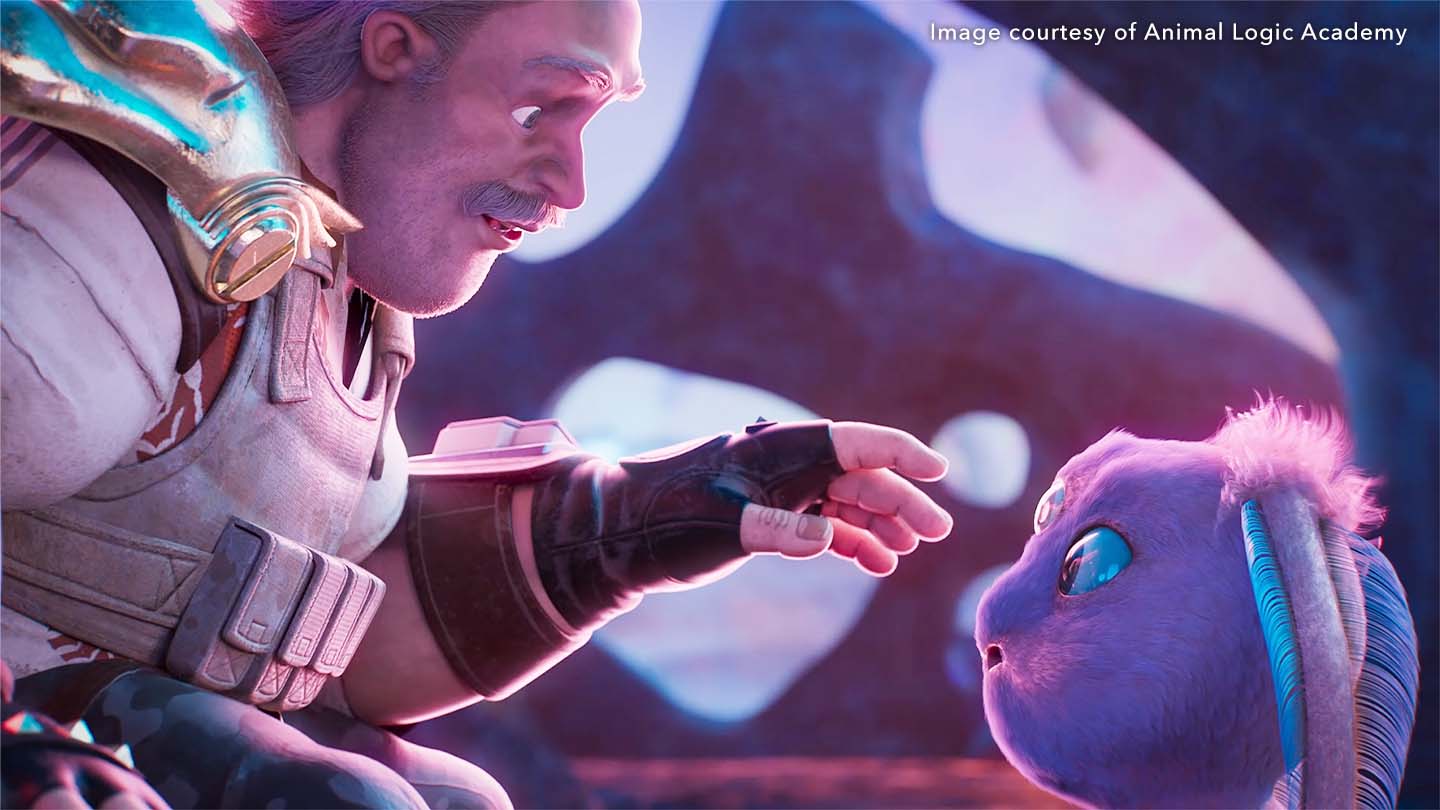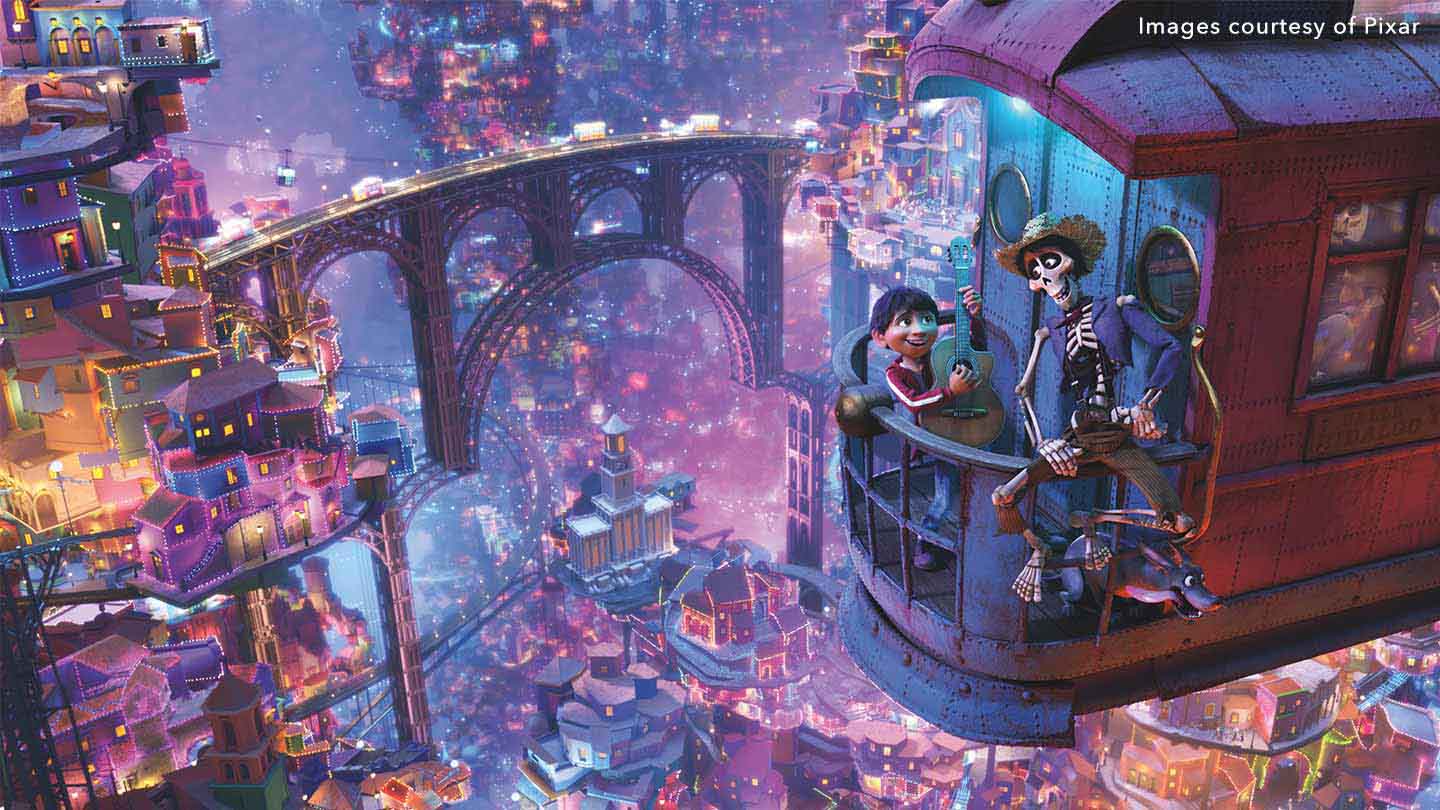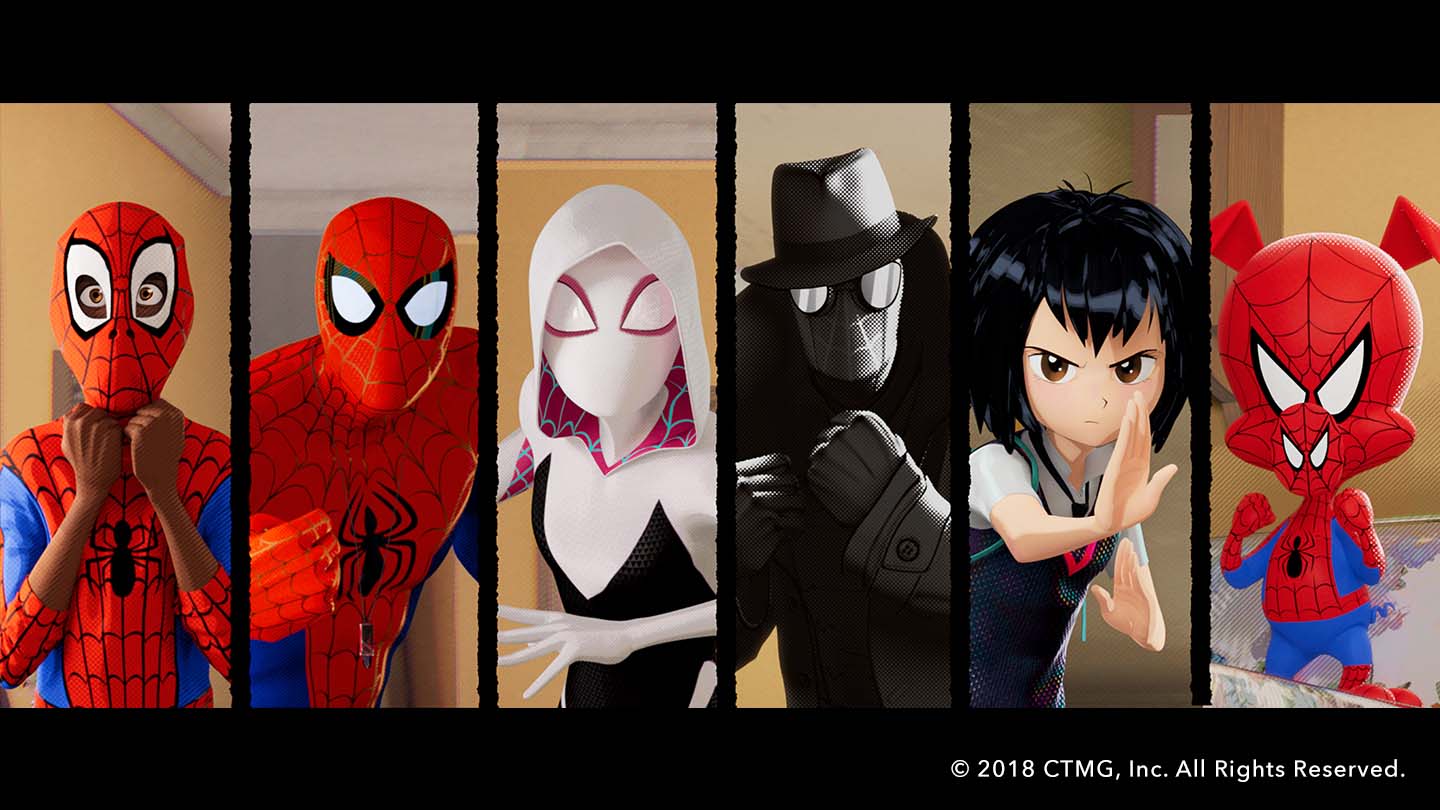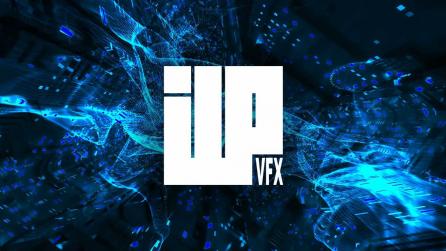Perfecting hair and painting buildings: how texturing brings animation to life
Animation has been at the forefront of many conversations over the past few years, with its popularity increasing more and more each day.
When most of us think of 3D animation, we think about the characters and the story. What we often forgo is the world of the animation itself and the elements that come together to create it.
Texturing is a big part of this. From the weathered stones of a cobbled path to the cross-stitching on a character’s clothes, each minuscule detail brings the essence of animation to life—it’s these aspects that complete the story, and without them, the narrative would likely fall flat.
In the first article of this series, we discussed how texturing has evolved over time, from physical miniatures to digital content creators like Foundry’s 3D texturing tool Mari. Now we’ll look at the integral role it plays in animation and how vital it is for the audience’s immersion.

From gray models to life-like objects
The texturing process is fairly standard from project to project. In a nutshell, texture artists are usually given a gray 3D model; it’s then their job to apply color, texture and surface attributes to these models, and make them look as realistic and life-like as possible.
When it comes to 3D animation, ‘realism’ isn’t always as simple as it sounds. We’re not talking about the gritty realism that you might expect from a police drama, but the believability of the animated world itself and what makes it real to us as viewers.
3D animation is highly stylized and always has been, so the interpretation of realism differs depending on the film or TV show. When you go and see a Pixar film you already have an expectation of what the animation will look like and the style of the film. This isn’t the same expectation you’d have if you went to see an anime or stop-motion film because they all have different styles.
In order to adhere to these different styles, a good texture artist often has a deep-rooted understanding of materials and how they look or interact in the real world. Being able to apply this knowledge and transfer it into an animated world so it matches the art direction of the film is invaluable and the key to making believable animation.
Take Pixar’s Coco as an example, during the film Miguel visits the ‘Land of the Dead’, a place no human has ever seen before. The film transports us to a place that is filled with different colors and textures, bringing the whole world to life—don’t worry, we see the irony. Each aspect has been meticulously crafted to fit into this world, from the material of the dresses and how they hang on the skeletons to the texture and essence of the buildings. making the audience believe that it is truly what the ‘Land of the Dead’ could look like.
But texture hasn’t always been this prominent in animation.

It’s all in the style
In early 3D animation, texturing differed greatly. Due to the lack of technology of the time, texturing could often break the realism of the world shown in the animation. Toy Story and its depiction of animal fur is a somewhat infamous example of this. The texturing has no real depth to it, making the animals an almost comical rendition of themselves.
Early video games like Tomb Raider also suffered from this texturing curse. The blocky design and pixelated texturing are jarring to a modern audience, and it is hard to believe anything in the world is real, not the odd-looking mountains or static water. Although, it can be argued that in this case, texturing is not purely to blame, it is a large part of it.
Now, when we look at the most recent Tomb Raider game and the latest Toy Story, the progression of the texturing is awe-inspiring. Thanks to software like Mari, texture artists are able to sculpt realistic, high-quality textures for their 3D animation projects. In Toy Story 4, you can see every strand of fur on the cat’s body, and the fluffy toys are so realistic your inner child wants to pull them out of your screen—that is of course if you bypass their slightly aggressive personalities. It’s worth noting that the believability of these characters is also propelled by the development of technology in 3D pipelines and the improvement of hair/fur simulations, not just the texture, but the difference is still astonishing.
It’s not just the characters that have stepped up in the realism department, but the physical environments of animation as well. When you look in the background of a scene, there is a whole world erupting. When you watch Luca, you know they’re meant to be in Italy because of the style and texturing of the buildings. With Spider-Man: Into the Spider-Verse, texture artists had the difficult job of bringing a multi-verse of conflicting styles to life and grounding them within the same reality. This was achieved by carefully applying repeatable halftone patterns to the textures throughout the film reminiscent of those used in traditional comic book printing techniques. These evoke an immediate sense of nostalgia and energy throughout the film.

With other styles of animation like stop-motion, texturing can be more non-conventional. Combining both CG elements and model figures means that stop-motion studios like LAIKA not only have to paint texture onto physical models and sets but also have to texture and paint digitally, adding a second layer to the texturing process. It’s vital that both the digital and the physical elements match as the CG assets also have to be 3D printed, this ensures that the 3D textures correctly interact with the lighting and environment.
However, it is this assimilation of the digital and the physical that gives stop-motion films a unique style of animation. These different textures enhance the world of the story; artists can be more creative with the sets and the theming of a show, and further immerse audiences in the narrative, further affirming that texture artists are world builders.
Bringing animation to life
Without texturing, our films and TV would look drastically different. We would be haunted with uninspired worlds, flat backgrounds, and characters who have nothing to offer us visually.
Texturing in 3D animation is vitally important in telling the story. We are able to discern a lot from a character just by looking at their clothes, are they new? Are they old and worn? The same goes for environments and locations—is a building run down or is it an affluent area? All these questions are simply answered by one glance and whole stories are told without characters having to utter a single word.
Try creating textures of your own with Foundry’s digital 3D texture painting tool, Mari
Get a 30-day free trial of Mari
Interested in animation? Explore our full range of animation solutions
